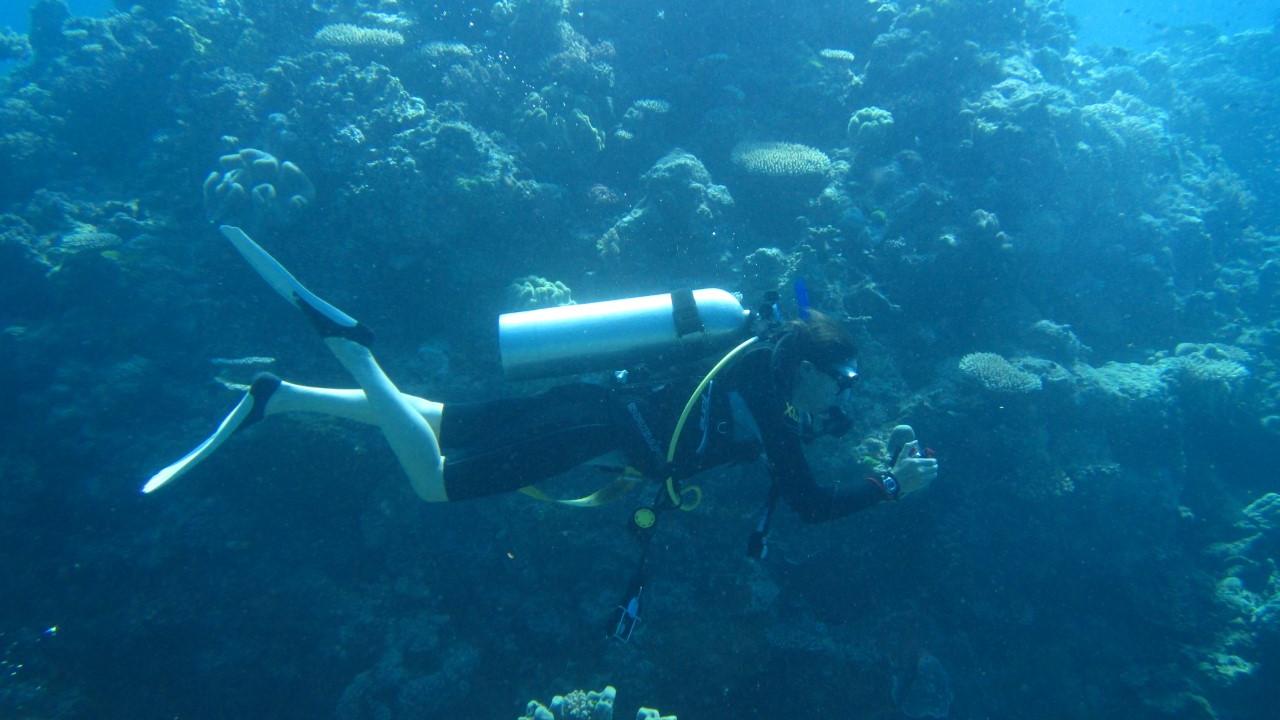
Spotlight On: Dr. Marissa Baskett

Marissa Baskett is a UC Davis Associate Professor and co-Master in the Department of Environmental Science and Management as well as the advisor for the Marine Ecology area of emphasis in the Graduate Ecology Group. In her lab, she utilizes mathematical models to study the interface between theoretical population biology and conservation biology.
How did you first get involved with using mathematical modeling for marine reserves?
When I started graduate school, I had a number of different interests and scientific passions: mathematical biology, evolutionary biology, conservation science, and marine systems. My PhD advisor suggested looking into papers on marine reserves, then a fairly new topic, as a way to combine all of these interests. My timing could not have been better: others (including some here at Davis) had just laid the foundations of marine reserve theory, and there was a separate set of people exploring how fisheries might affect the evolution of harvested fish and therefore sustainable fisheries management, so I had the perfect opportunity to combine these two topics in terms of using models to analyze the potential for marine reserves to play a role in protecting against fisheries-induced evolution.
What is the kind of work that your lab focuses on?
Our lab has two main research areas. One is exploring when rapid evolution might matter to ecological dynamics and conservation management decision-making. For example, when might evolution play a role in species responses to environmental change, including climate change? Under those conditions, what management actions most effectively protect adaptive capacity? The other is when species interactions might matter to community-level structure and conservation management decision-making. For example, when might species interactions lead to alternative stable states (e.g., having kelp forests vs. urchin barrens under the same conditions depending on where you start or the disturbance history, or coral-dominated areas vs. algae-dominated areas)? Under those conditions, what management actions might most effectively protect the resilience of the state associated with key ecosystem services? What ties these two areas together is the potential role of diversity, whether on the genetic or species level, in ecological dynamics and management decisions.
What is the direction of mathematical modeling in the sciences; in policy?
As more and more computational capabilities become available, it’s possible have more extensive sensitivity analysis of models to all of the biological processes that are inevitably uncertain, to gain a better sense of the range of outcomes and what process might matter most to the outcome. Both more computational capabilities and more data availability also lead to improved model-fitting to data, which improves the testability and predictability of our models. Putting these together, we can think much more probabilistically about the likelihood of different outcomes under different management actions or policies.
What advice do you have for undergraduates looking to get involved in this field?
Many of the exciting questions are at the intersection of different areas and disciplines, so embrace and pursue a couple varied interests and look for innovative ways to combine them. It’s a balancing act: in science, everyone needs depth and an area where they’re an expert, but some breadth as well helps you think creatively to push a field in a new direction.
